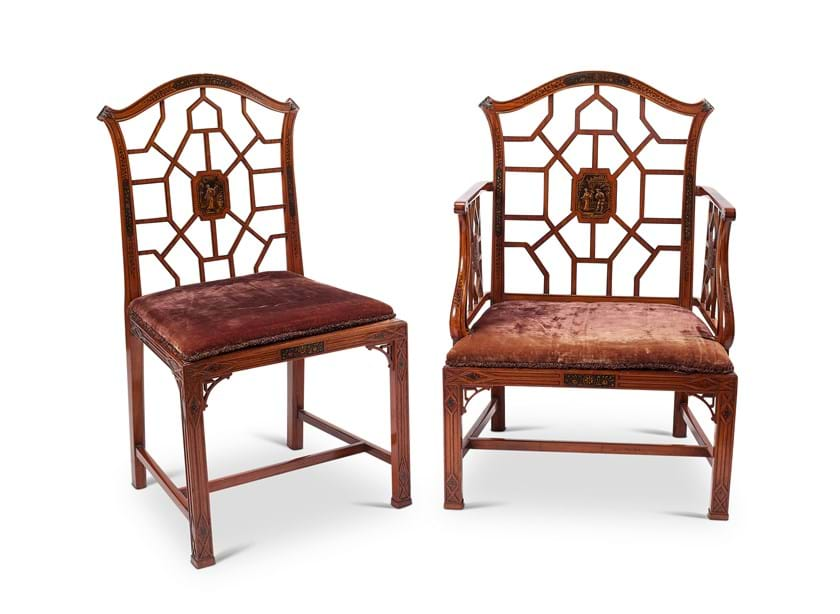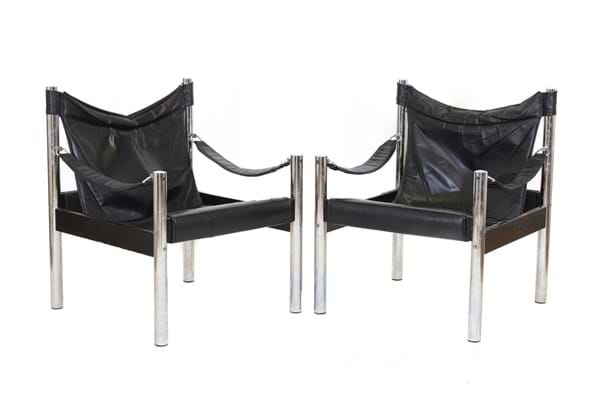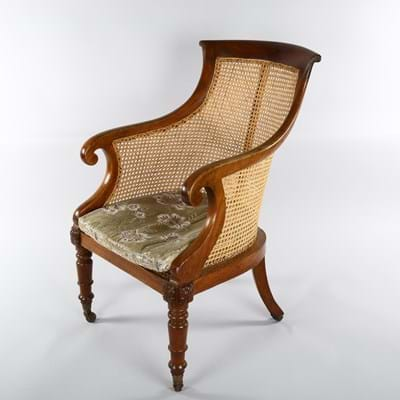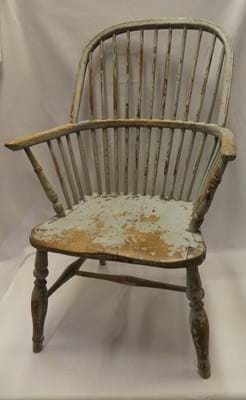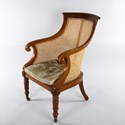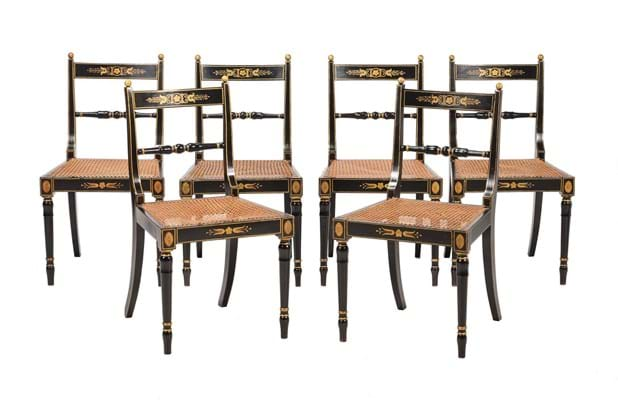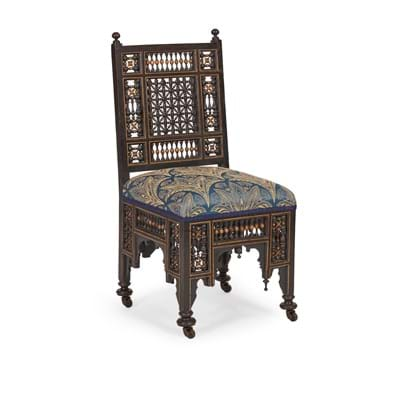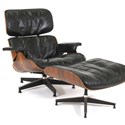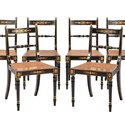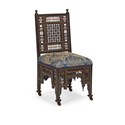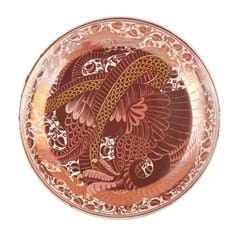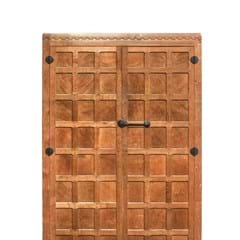The expert's guide to buying chairs at auction
Auctions are a great place to buy chairs whether you are looking for antique, vintage or modern styles.
Early 20th century satinwood and japanned Chinese Chippendale style armchair with a matching single chair attributed to Hille & Co, The Pedestal, Henley-On-Thames, July 2020 - £280.
Hundreds of chairs are offered every week at auctions on thesaleroom.com so you can find plenty of unique examples or attractive sets that will look perfect in your home.
Many chairs at auction are much higher quality and will last a lot longer than new mass-produced alternatives. In many cases, you won’t find such quality items at the same price on the high street.
Older and solidly built examples are also likely to better retain their value in the future, so they can make a much better investment too.
Chairs sold at auction are second-hand which means they are a more sustainable option with a lower carbon footprint and have a lesser impact on the environment.
What to look for
Chairs at auction can be offered as individual lots, in pairs or in larger sets (a group of 12 dining chairs, for example, is not uncommon).
They may sometimes appear as part of a suite of furniture including an accompanying table or side table. The number of items in the lot will be noted in the auction house’s catalogue entry.
When buying chairs at auction, you can choose to look for a particular style or form – examples of traditional country pieces, Arts & Crafts designs or minimalist models are all regularly available to bid on.
Some people prefer to search for chairs made of a particular type of wood such as walnut, oak, mahogany, rosewood, birch or pine, while others focus simply on the colour of the material (light or dark woods, and how they have been stained).
Then there’s the different types or functions of a chair – dining chairs, armchairs, side chairs, lounge chairs, rocking chairs and related pieces such as benches and stools. Use these words as search terms and you’ll see what’s available at current auctions on thesaleroom.com
Finally, you can also look for chairs by the period in which they were made or a particular maker. Popular categories include vernacular examples from the 18th century and earlier, elegant Regency period pieces (1812-20), formal Victorian chairs and 20th century modernist works.
Among the most famous names in the history of furniture design who made chairs were Thomas Chippendale, Robert Gillow, Charles Rennie Mackintosh and Arne Jacobsen.
Some chairs appearing at auction will be in the style of these periods or makers but actually produced at a later date. They’re typically catalogued as ‘after’ Chippendale or ‘Regency style’ – always read the lot description to check.
These pieces are generally much more affordable than the originals and make a good alternative if you want to ‘get the look’ and you’re on a smaller budget.
Condition
As with all pieces of furniture, condition plays a key role in determining value when it comes to chairs. It probably won’t surprise you that people will pay more for pieces with their original features and without defects.
Look for signs of wear and tear in the images of the lot and in the catalogue descriptions. You can also ask an auction house for a condition report if you’d like further information.
However, don’t be put off if a piece has some defects to the upholstery and covers. Fabrics are not hard to repair or replace and plenty of re-upholsterers and furniture restorers can be found around the country. You’ll usually pay less for a piece of furniture that has some worn coverings; the money you save can be spent on re-upholstering it in a style of your choice.
What to do next
Decide how much you’d like to spend and use the search facility on thesaleroom.com to find chairs coming up for sale.
You can filter your search by, among other things, price and by location of the auction house to narrow down your selection.
To research recent prices at auction to see how much different chairs sold for you can also try out the Price Guide.
If you are new to bidding check out our guides to buying at auction – it’s easy once you know how.
